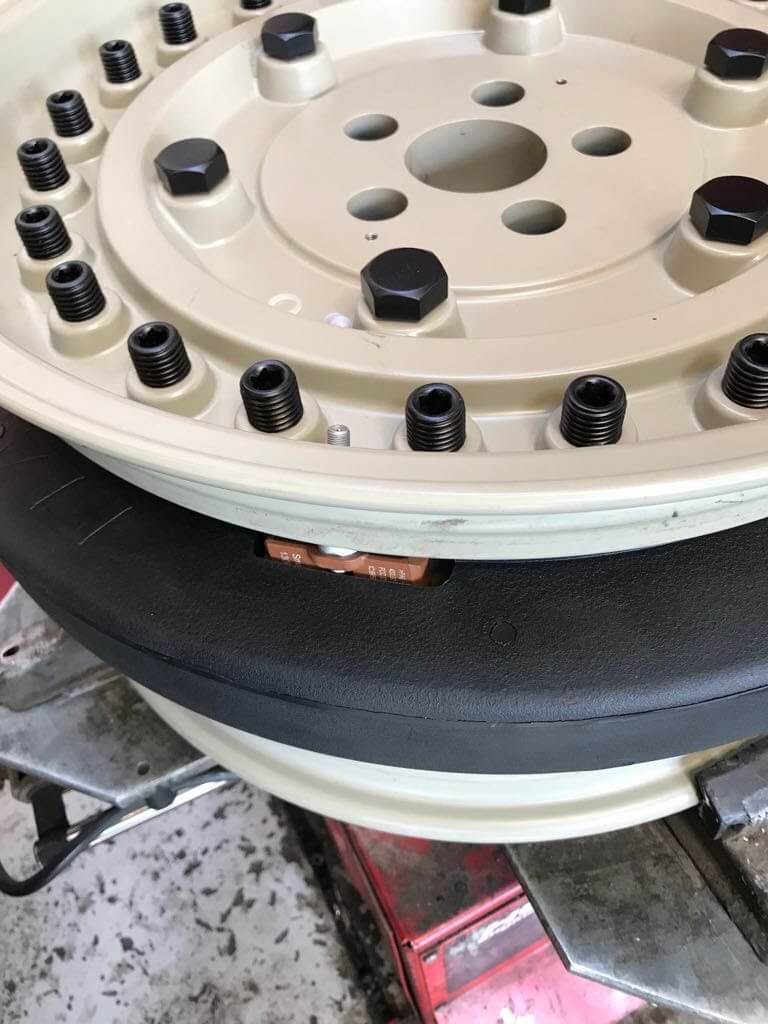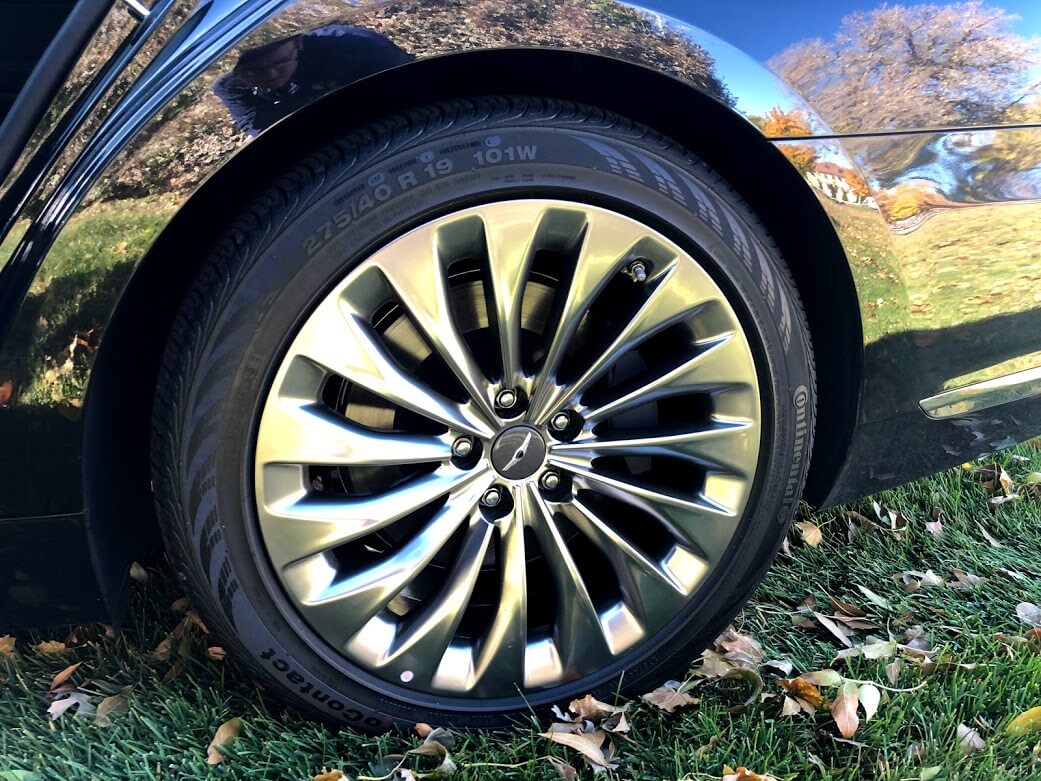Punctures are one of the major reasons for the roadside breakdown in the USA. In this situation, you may call roadside assistance. However, you will be likely waiting for about 45 minutes to 1 hour. If you are capable to change the spares, you might find it a dirty job and not properly dressed for it. The situation gets worse if you don’t have any spare tire.
The most effective way to prevent this disastrous situation is to use run flat tires. RFTs are now more popular than ever and their popularity is getting increased day by day due to their capabilities. What are run flat tires? How do run flat tires work? How far can you drive on a run flat tire? In this article, we will cover everything about the RFT you need to know. Let’s get started…
What Are Run Flat Tires?
Run flat or zero-pressure tires are special types of tires that can support the weight of a car for a short time without air pressure. A driver can drive up to 100 miles at 30 mph to find a repair shop. What are run flats or zero pressure tire? Simply, you can consider it a self-supporting tire due to its ability.
What does run flat tire means? RFT means a tire that doesn’t deflate after puncturing. They don’t actually go flat but they can support the weight of the car for a short period when deflated.
Sometimes, you can’t change the tire instantly if it gets a puncture on a dark and cold night. RFTs are very helpful in this type of situation. You can keep driving until you reach home or the nearest workshop.
Run flat technology makes you free from having a spare wheel, jack, and other necessary tools to change the punctured tire. According to Edmund’s data, almost 14% of new vehicles contain these tires. And, the ratio is further growing dramatically.
How Do Run Flat Tires Work?
Conventional tires are hard due to air. Without air, you can’t even drive with punctured tires for a few kilometers. In this case, you need to change the tire immediately. However, run flat or zero pressure tires remain rigid after puncturing or when go over the nail for short time. But how does a run flat tire work without air pressure?
Different companies like Armormax use lightweight and plastic bands that fit inside the wheel’s rim and locks the tire in place. These materials covert your wheel into a safety wheel.
There are two basic types of run flat systems that keep the tires hard: the self-supporting system and the supporting ring system.
1. Self-Supporting System
Some self-supporting tires come with reinforced sidewall construction. These rigid walls continue supporting the car in the event of air loss. The duration in which you can keep driving a car after the loss of air pressure depends on the speed and construction materials.
2. Supporting Ring System
Some flat tire manufacturers use a support ring of hard rubber or other structures to keep a tire rigid. So that it can support a car’s weight even after a complete loss of air pressure.
Regardless of the system types, they are all run flat tires. You can use these tires with all vehicles equipped with a Tire Pressure Monitoring System (TPMS). This system gives you information about tire pressure. So you will be notified as soon as the tire loses pressure.
If you do get Self-Supporting tires, you will need a tire pressure monitoring system (which is now government-mandated standard equipment on new cars), because a driver may not notice their tire has lost pressure without it.
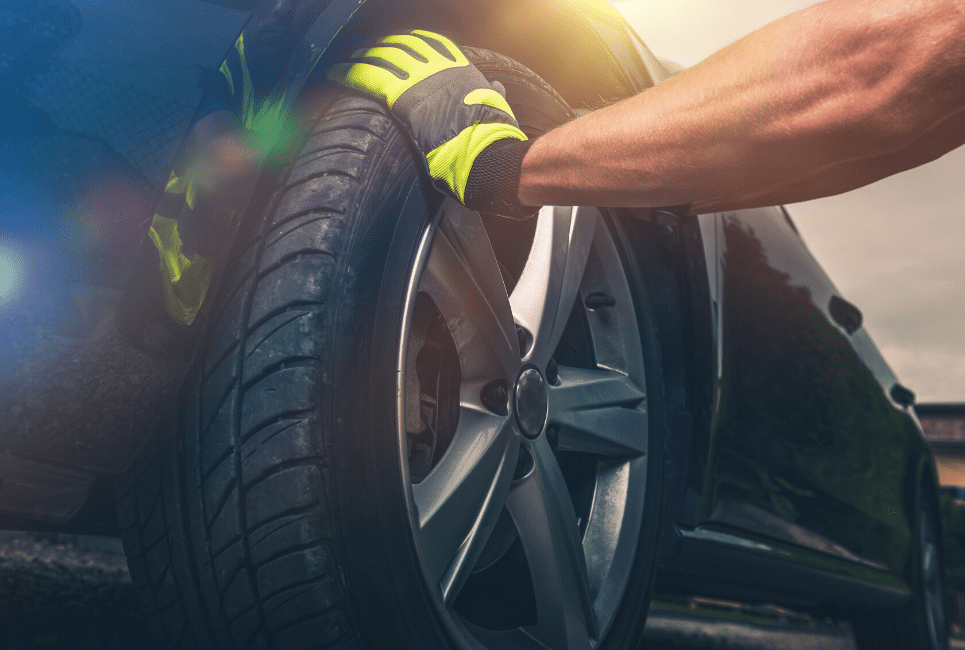
Auxiliary supported tires don’t have stiffer and tougher rubber, but are attached to a special rim that has a steel support ring that is attached to the wheel and can support the weight of the vehicle.
Even though run-flat tires have been around in production vehicles since 1994, the adoption as a mainstream replacement for conventional tires has been slow for many reasons. A top complaint is in regards to price. On average, run-flat tires are about one-third more expensive than regular tires. Sheri Hermann, Communication Coordinator from Continental Tire tells us “run-flat tires provide convenience to a consumer, but conventional tires are typically lower in cost and have better ride qualities.”
That’s not the only complaint though. While the reduced weight of carrying around a spare might seem like an advantage, run-flat tires also have an impact on your fuel economy. Thanks to the tires being heavier and thicker they can reduce fuel economy by 1-2%. Also, due to the stiffer and heavier design, the run-flat doesn’t quite perform as its price would indicate. They can often be harsh on the road and don’t provide a lot of grip in low temperatures.

Lastly, when you do get a puncture, or lose tire pressure, it’s not quite as easy to get them repaired. While some run-flat tires can be repaired, they need to spend some time off the rim and need to be inspected to ensure they can be fixed. If they can’t, it’s time to buy new tires. Conversely, most punctures on a conventional tire can be fixed with a simple repair kit that costs just a few dollars.
Despite these obstacles and concerns, run-flat tires are increasingly becoming standard equipment on new cars and the reasons are simple: safety and peace of mind. Not only do run-flats ease concerns, but they make a vehicle easier to control in the case of a tire blowout.
Why Use Run Flats?
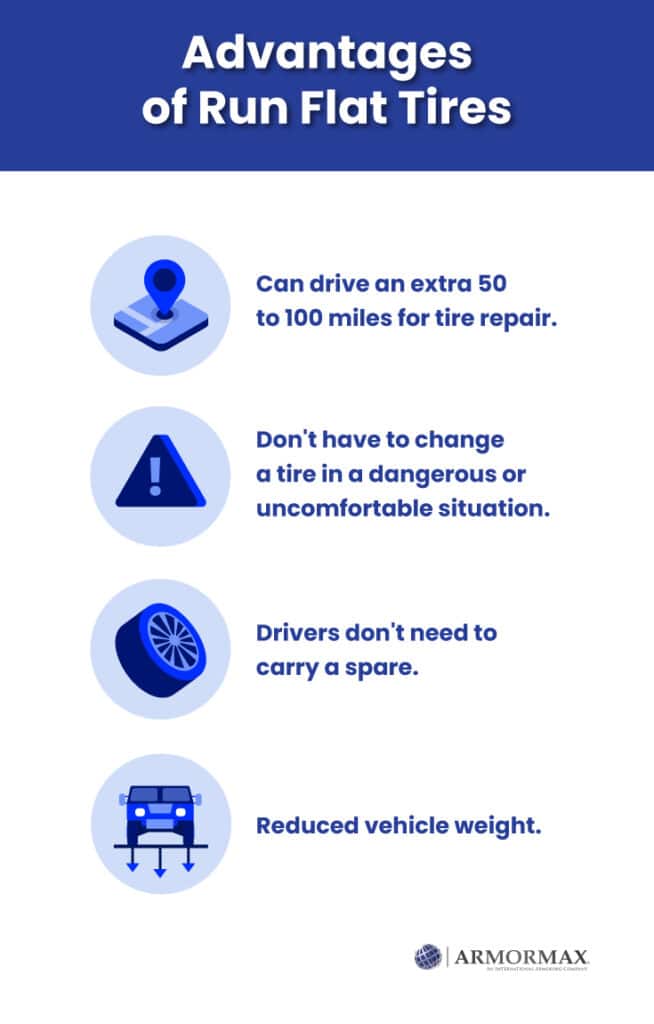
There are various reasons to use RFTs in your vehicles. Run flat technology is very valuable in an emergency. For example, if you are under attack and your tires have been blown out or punctured, forcing you to be stuck on the roadside.
However, Run flat tires from different trusted vehicle manufacturers like Armormax can safely carry you up to 50+ miles at approximately 70 mph. However, if the road is in good condition, you may travel up to 80 miles.
These tires help you to escape a dangerous situation and flee to a safe zone. For more security and safety, you can equip your vehicles with armoring and run flat tires. Even if you are not facing a threat, run flat tire technology helps you a lot.
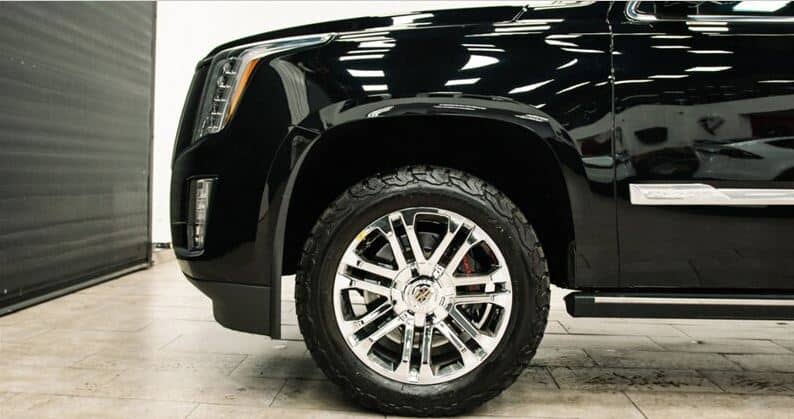
For example, you can take your vehicle to a tire shop. Further, it minimizes the damage to the vehicle. It also reduces the risk of injury to yourself and your beloved ones. Let’s learn the different advantages and disadvantages of RFTs…
Pros and Cons of Run Flat Tires
The self-supporting run-flat tire is the most common technology nowadays. These are tires that don’t go flat. The heavily reinforced walls of the tire support the vehicle when the air pressure is too low. Here are some advantages and disadvantages of run flat tires:
Advantages of Run Flat Tires
Here are some advantages of these tires:
- Continue Driving on Flat Tires: The primary benefit of these tires is that you can keep driving on flat tires up to 100 miles at zero-air pressure. You don’t have to get out of the vehicle in cold, onto a busy highway or street in a sketchy part of the town. All you need to reduce the speed of your vehicle and take that to the garage.
- Better Stability after a Blowout: After a blowout, the steering and handling will remain normal that prevent you from any injury. However, in the case of a conventional tire, you are unable to control the vehicle after a blowout. As a result, you can face severe circumstances.
- Lower Vehicle Weight: Many people consider that elimination of spare wheel and tire repair tools reduces the weight of the vehicle, theoretically. However, sidewall reinforcement might also increase the weight of the vehicle. And, in the end, you might not find any difference in weight between a vehicle with conventional tires and a vehicle with RFTs. But, many people consider that sidewall reinforcement is less in weight than the spare wheel and tire repair tools.
Disadvantages of Run Flat Tires
Here are some disadvantages to these tires:
- Cost: Good quality self-supporting tires are expensive than standard tires. Some manufactures offer run flats cheaper than conventional tires but they are not of good quality. If you want an armored vehicle with run flats, you can contact Armormax for high-quality work at the lowest price.
- Reduced Tread Wear: Different studies show that people replace RFTs an average of 6000 miles sooner than conventional tires. However, actual data on the longevity of these tires haven’t been found. Self-supporting tires may not last longer than conventional but give more overall satisfaction to the owners. Therefore, run-flat technology gives a better user experience to the owners.
- Impossible to Repair: These tires are almost impossible to repair. So you will be unable to repair these tires that can be costly for you.
- Blowout Still Possible: If a driver doesn’t pay attention to the warning signs on the system, a blowout is still possible.
How Far Can You Drive On A Run Flat Tire?
You can’t run your car on punctured run flat tires forever. But, you don’t need to change the run flat tires immediately like conventional tires. How far can you drive on RFTs depend on different factors: Condition of the tire, manufacturing material, driving speed, and condition of the roads.
If a tire is in good condition, you may continue driving up to 90 miles. Similarly, if you use new tires or RFTs with good quality, you can drive up to 100 miles. However, you will have to reduce the speed of your vehicle to 40 mph to cover the maximum distance. If you don’t reduce the speed to 30 or 40 mph, you may not travel even up to 50 miles.
Further, you can drive more on a road in good condition. Otherwise, you may only travel up to a few miles. Whether you travel 50 or 100 miles, you can’t drive permanently with a deflated tire. So you must try to go to the garage or a safe place to change the tire as soon as possible.
Who Makes Them?
There are plenty of famous tire manufacturing companies in the world. Some of them are also manufacturing run flats tires. Here are the three most popular companies who make these tires:
Dunlop: Dunlop is a renowned tire manufacturing company in the world. Goodyear is the parent company that manufactures tires under Dunlop’s name.
Bridgestone: They are another well-known tire manufacturer in the world. This company has taken over some other tire manufacturers who had been operating for many decades.
Continental: This company initially worked on different uses of rubbers. Now, it has earned good fame in the world of tire manufacturers as well.
Run Flat tires were first introduced in the 1930s. They are being used since then but know Run Flat tires have gained too much popularity because of their amazing benefits. The sidewall of these tires is insulated which helps tires to support the vehicle even if there is no air pressure in them. This will help you to reach a service center and get it repaired or replaced. It is also being used in armored cars because it helps the occupant to escape from the attack in worst scenarios. In this article, you will learn everything you need to know about run flat tires.
What’s the Range?
You should consult the manufacturer’s specifications to get the exact idea of how far you can go and what is the most suitable speed. Usually, most of the Run Flat tires can work efficiently after losing air pressure up to 50 miles or 80 kilometers. You can drive at an average speed of 50 miles per hour. These ranges are enough to reach the nearest garage easily. But this range can vary depending on the quality, driving speed, vehicle load, and the weather conditions in which you are driving on the road.
The Benefits of Run Flat Tires
The main and topmost advantage of Run Flat tires is that they allow you to continue driving even if there is no air pressure. This feature that is included with our armored vehicles helps individuals escape a threat or kidnapping attempt.
You don’t have to get out of the car in extreme weather or in dangerous locations to change the tire. This means that you can drive your car to a safe place where you can change the tire without any threat.
Run Flat tires provide more control over your car as compared to other common tires, even if they are completely out of air. This factor will protect you from losing control and resulting in an accident.
You will not have to carry a spare tire, this will reduce your vehicle load and increase space. It will also increase fuel performance.
What is the Tire Pressure Monitoring System?
The Tire Pressure Monitoring System (TPMS) is the best solution for this to get alert. Without a TPMS, it is almost impossible to detect any puncture or any other issue in the tire because it will keep on working properly. This system is also considered as the Run Flat technology because it is best suitable for these types of tires. When you will have a monitoring system it will display a warning on the central console and will tell you how much you can drive on these tires and will request a tire replacement or repair.
Can Run Flat Tires be Repaired?
There are only a few chances that a Run Flat tire can be repaired. Run Flat tires cannot be repaired because when they have been driven without air pressure they lose their structure and integrity. If you get a flat tire repaired, there are possibilities that it will not keep pace with the other tires and can result in other damages. This is the biggest drawback of these tires as compared to conventional tires. Because conventional tires can be repaired and can work properly.
Life of Run Flat Tires
The life of a Run Flat tire is almost the same as the conventional tires. This is due to the fact that the material used in these tires is the same. Both are made up of rubber but the difference between them is the design, structure, and construction. The life of the Run Flat tire also depends on different factors, such as care and maintenance. To increase the life of your tires keep their air pressure at a perfect point and keep on checking the pressure level periodically.
Are Run Flat Tires Right For You?
Like all other things in this world, Run Flat tires also have pros and cons. Its drawback is nothing if we look at the benefits offered by the amazing Run Flat tires with an Armormax® bulletproof vehicle. These are the perfect options if you have to travel a long distance daily. Especially if you pass from lonely places where there are no garages or replacement centers in-between. They will provide you with a better driving experience because you will not have to worry about puncture or loss of air pressure.
The number of run flat tires are growing dramatically day by day due to their numerous benefits. For foolproof security of your beloved ones, you should armor your vehicle and use run flat tires. Although they are a bit expensive, they are safe to use. You have learned a lot about run flats so you can make the right decision if you are intending to buy a new car.
Armormax offers several options for clients outside of armoring services, from sirens to oxygen systems. A staple option we offer is a run-flat tire system, available for all makes and models.
Maybe you have been under attack and your tires have been blown out or you ran over a nail that punctured your tire forcing you to be stuck on the side of the road.
Run-flat tires can help the vehicle travel an additional 50-80 miles (100+ km) before needing to be replaced. Run-flat tires give the one less thing to worry about in an emergency situation; they can receive peace of mind that they can always reach their destination. One of the primary purposes of an armored vehicle is to transport the occupants safe.
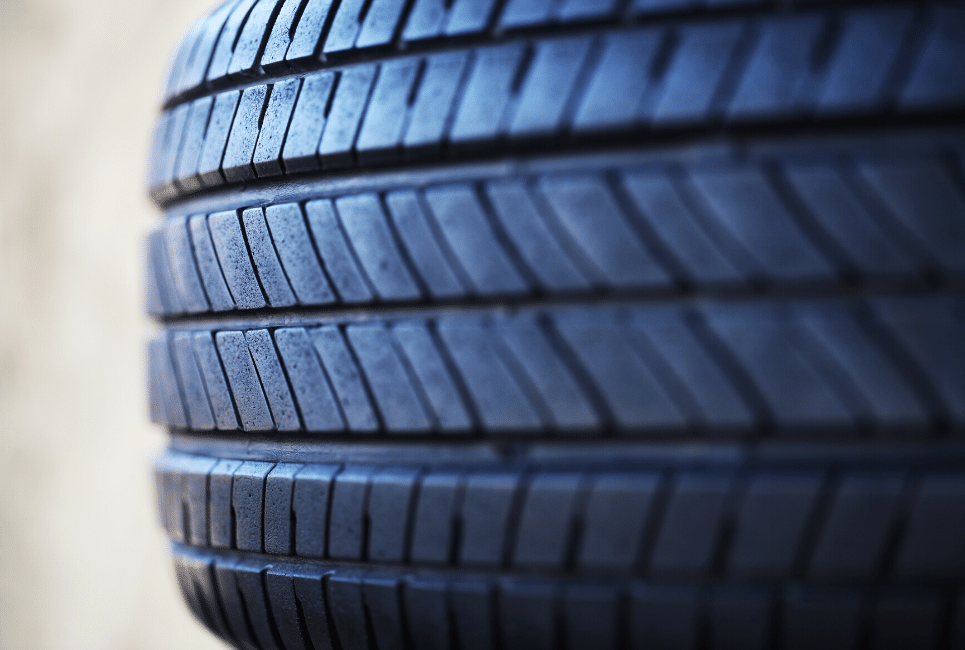
Situation: You are stuck on the side of a road with a punctured tire. You have a pair of options: do you choose to change the tire yourself, or do you call for roadside assistance. Both options can take a while to get you back on the road. Now imagine that scenario while under gunfire.
If the vehicle is immobilized by tire damage or puncture, the chance of safety is greatly reduced. We build the best-armored vehicles in the world but if they are “sitting ducks” it does not help our clients escape from any potential threat. It takes a trained individual around 10 seconds to react when they are attacked.
The situation will only become complicated if the vehicle’s wheels are not properly working. We highly recommend any individual who faces a threat to be properly equipped with armoring and run-flat tires in order to better be able to get out of the attack and safely back to work or their families.
It’s dilemmas like these that have more car makers offering run-flat tires on new cars. Run flats can run for at least 50 additional miles following a puncture, giving you the ability to safely get home, or exit a highway and find a repair shop.
Why Are Automakers Using Run Flats?
Monty Roberts from BMW Product and Technology communications tells us that run-flat tires are standard on most BMW models with the exception of some BMW M Models. He said specifically that run-flat tires have several advantages and that they “Support BMW’s EfficientDynamics Strategy by eliminating the extra weight of the spare tire, jack, and tools in the vehicle for better balance, dynamic handling, and fuel efficiency.”
When asked about the criticism of run-flat tires Roberts said “run-flat tires by their design do have stiffer sidewalls than conventional tires, however, all current BMW models that use run-flat tires have suspensions that were significantly developed for use with this technology.”
He added “These suspensions have been developed and tuned for the best possible ride comfort. The safety benefits of run-flat tires are so significant as to outweigh any possible trade-offs.”
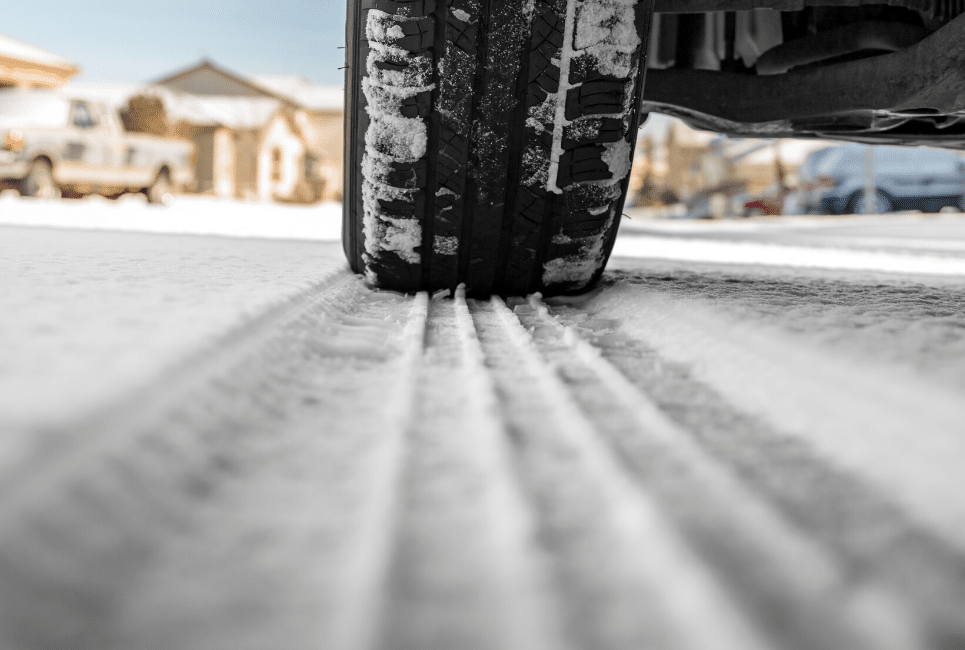
When asked if owners could or should swap out their run-flats either when a replacement tire is needed or because they’re looking for added performance, Roberts was unequivocal. “We do not recommend replacing run-flat tires with conventional tires,” he said, “that deviates away from the original design, safety, and suspension calibration technology that the run-flats were originally designed for.”
Trust Armormax for the Industry’s Safest Run Flat Inserts
You may find yourself under attack and your tires have been blown out, or you have simply ran over a nail that has punctured your tire, forcing you to be stuck on the side of the road. Run-flat tire inserts from Armormax can safely carry you for 50+ miles (80+ kilometers) at approximately 70 miles per hour (100 kilometers per hour) – depending on road conditions.
This is generally far more than adequate to escape a dangerous situation and flee to a “safe zone”. We highly recommend any individual who faces a threat to be properly equipped with armoring and run-flat tire inserts, in order to escape threatening situations, and return safely back to work or to their families.
In the event of a blowout or puncture, run-flat inserts on your tires can help you:
- Continue to operate the vehicle
- Minimize the damage to the vehicle
- Reduce the risk of injury to yourself and others
What’s Inside video on Run-flats:
Helping you manage your road risk is at the very heart of the peace of mind we offer. Along with our armored cars, the run-flat inserts and bands ensure that you won’t suffer potential consequences that could happen without them. Enjoy our solution of having complete control and mobility should your tire burst or puncture unexpectedly.

Armormax® inserts are lightweight metal and plastic bands that fit inside your wheel’s rim and locks the tire in place – converting your wheel into a safety wheel. We usually fit these inserts on 16-22” rims and balance them. Once installation is complete, the original OEM tires can be replaced and still have the insert kept comfortably inside. These can be fitted and changed out through any certified dealership and are guaranteed to last the lifetime of your vehicle.
Armormax® offers a variety of run-flat and bulletproof tire solutions that can be installed at any of our facilities around the world. We can literally take any tire and put run-flats on it.
Benefits for drivers and vehicle owners:
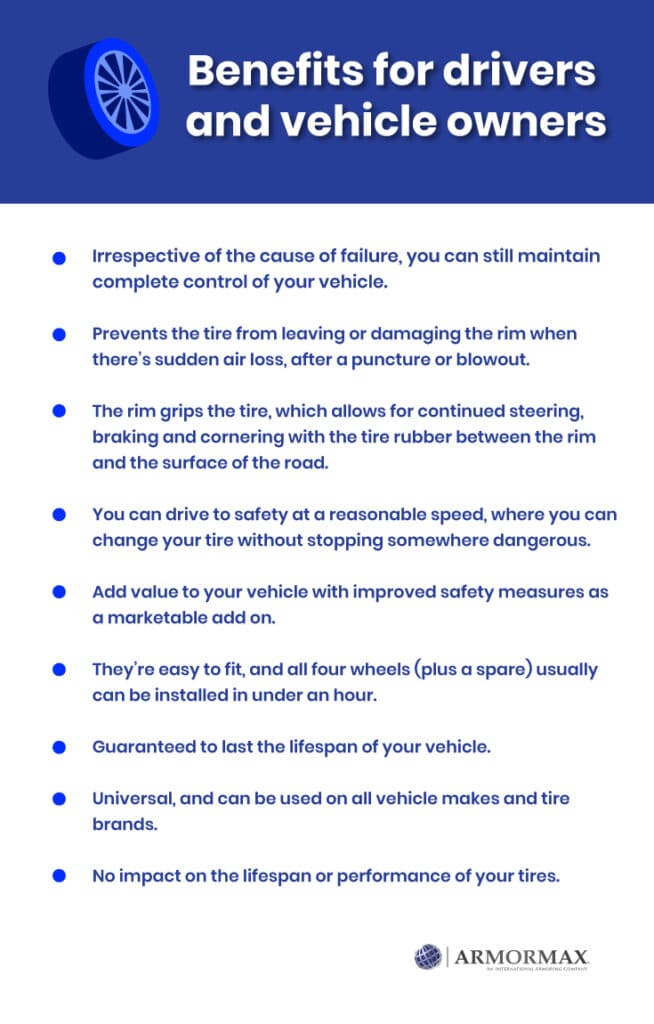
Being fitted now by police, armored vehicles, bulletproof cars, ambulance, military, truck fleets, caravan, and international vehicle manufacturers. Some insurance companies discount for having run-flats equipped on the vehicle.
Call or email us today to learn more.
Contact Us
